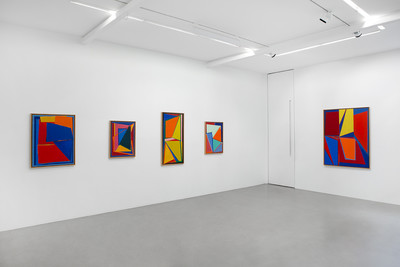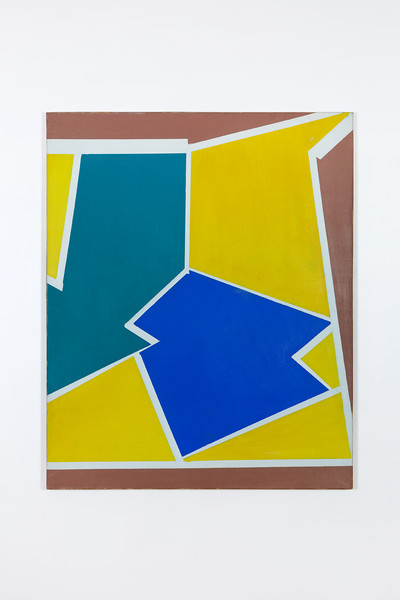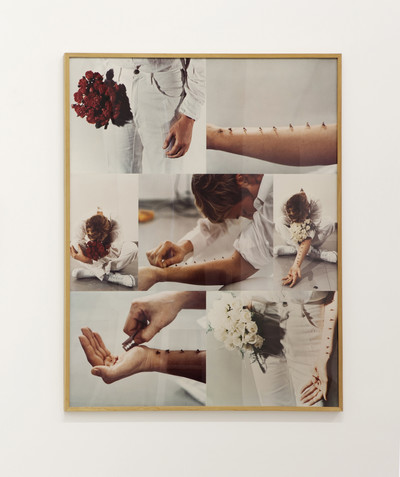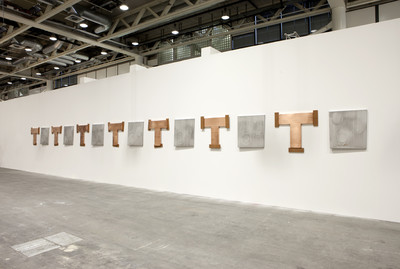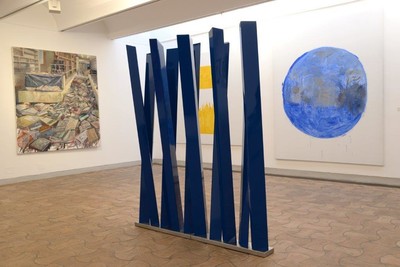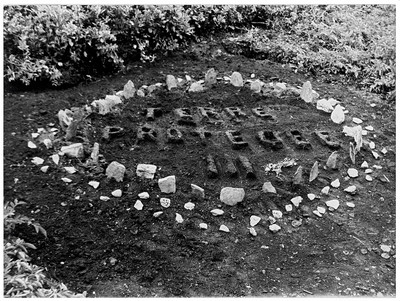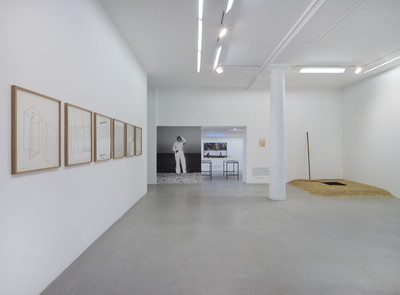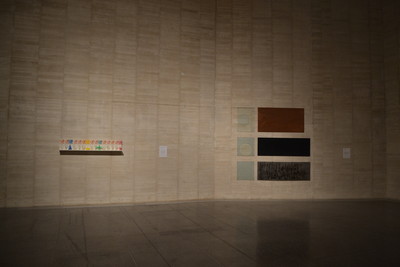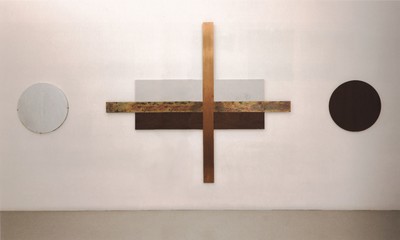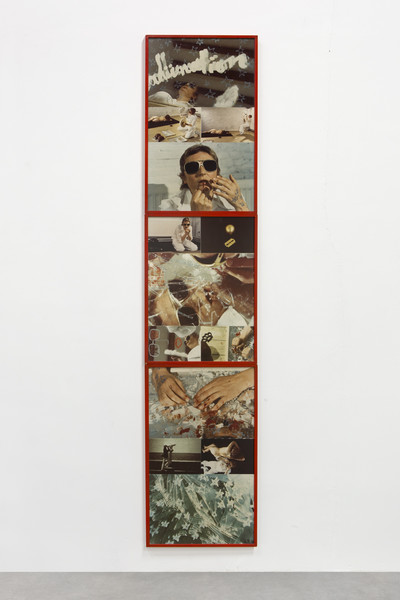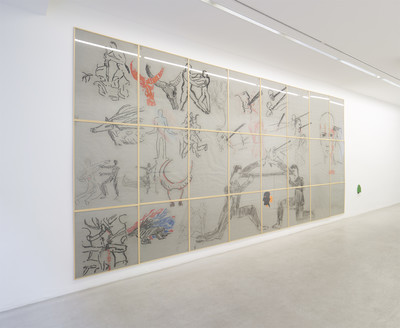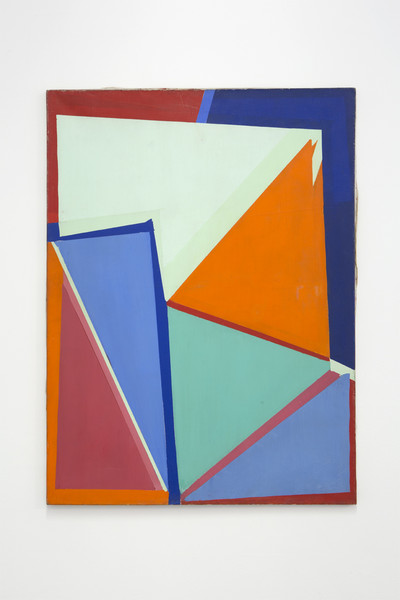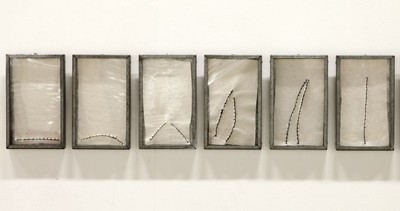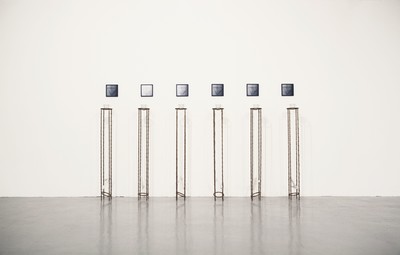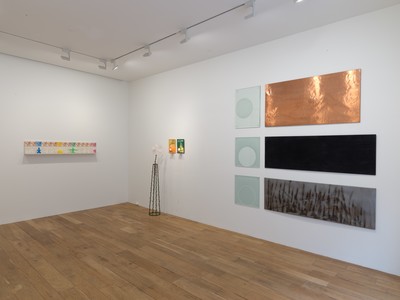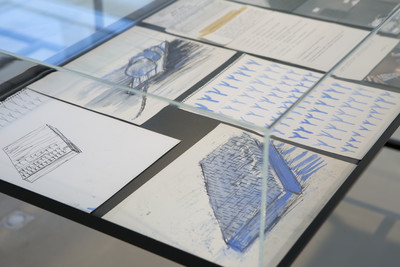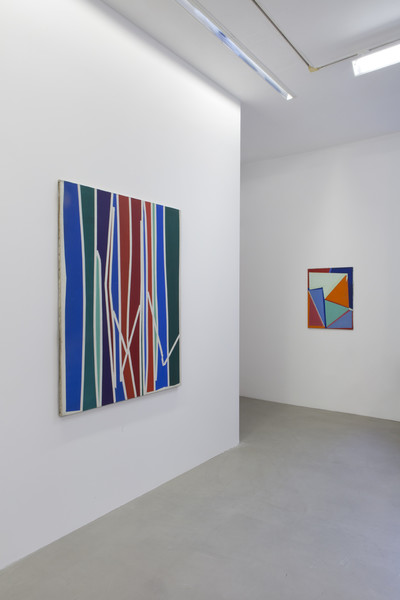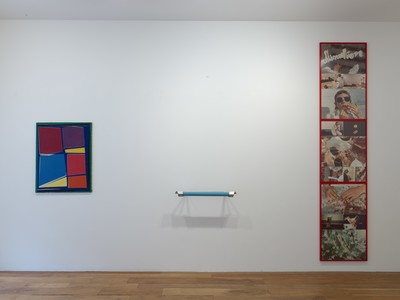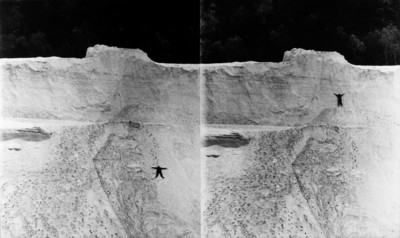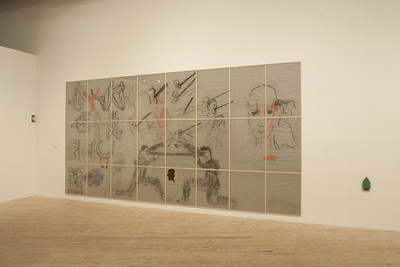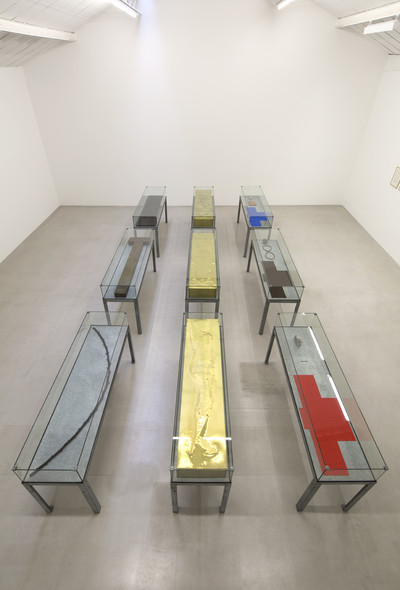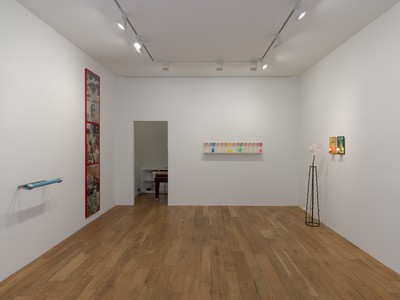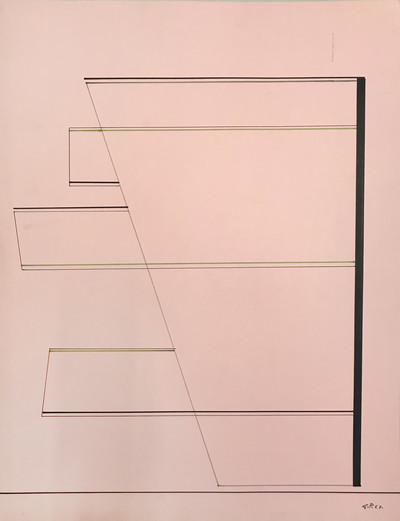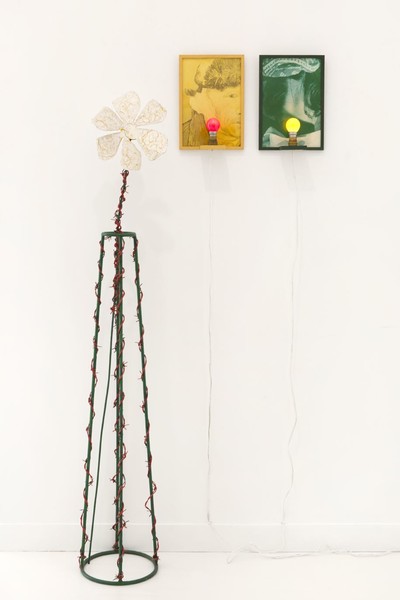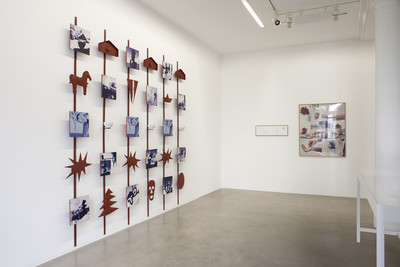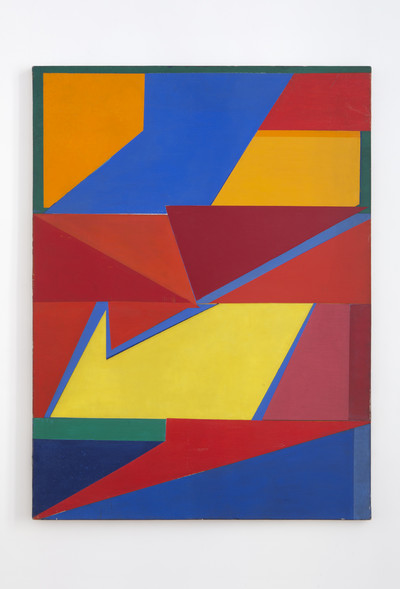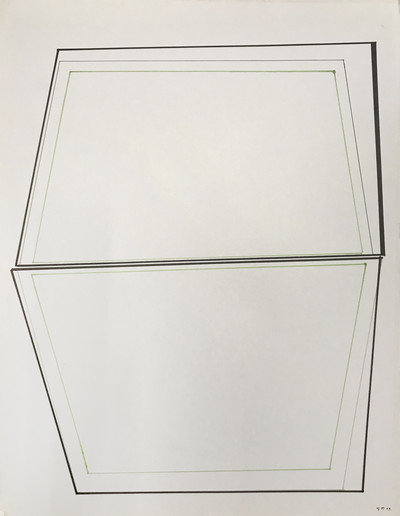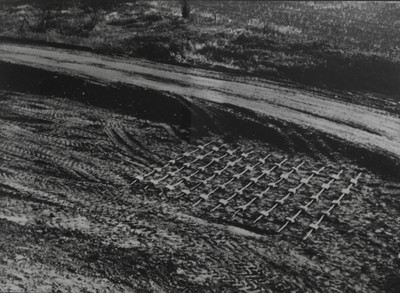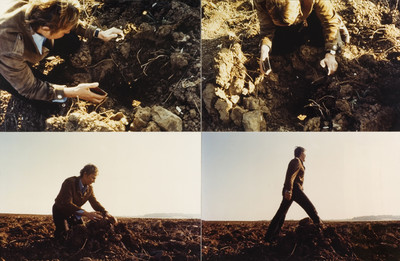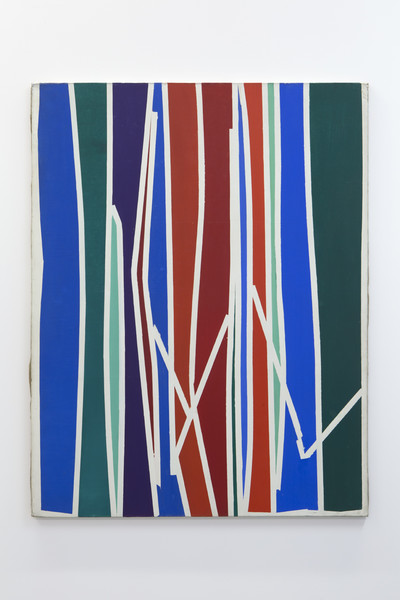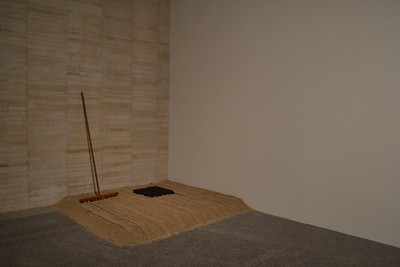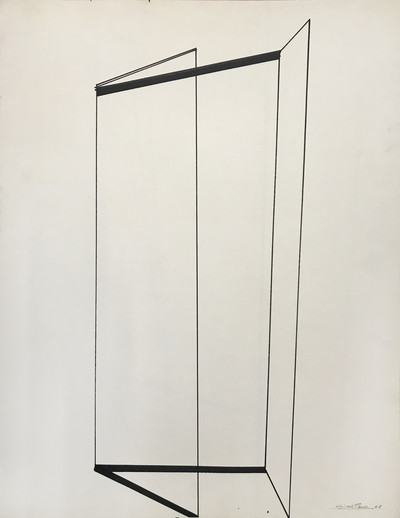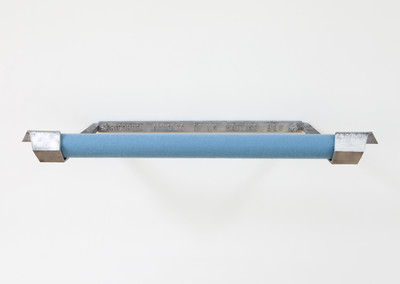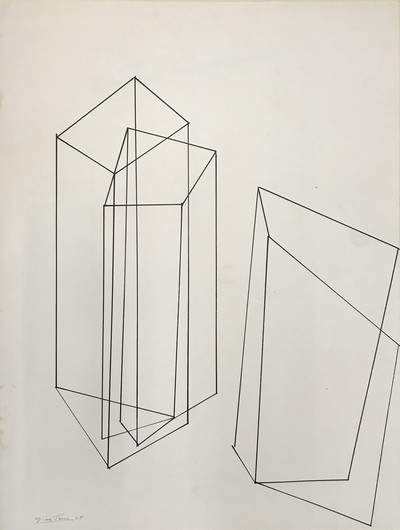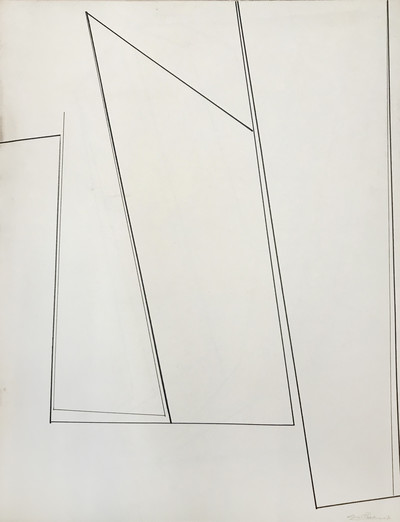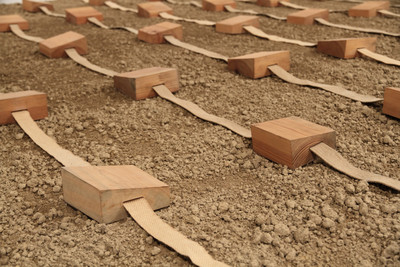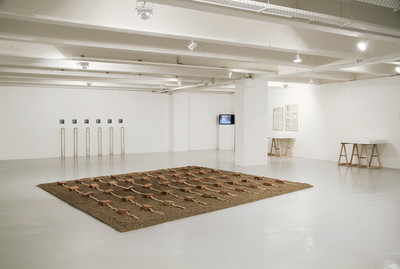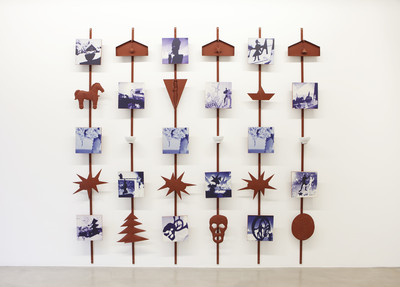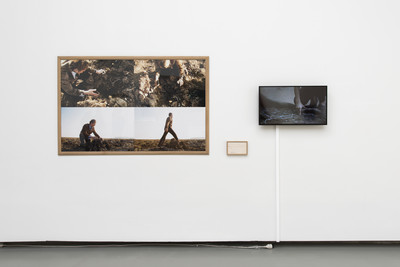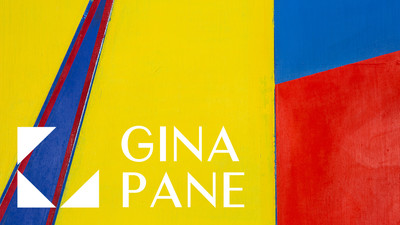Gina Pane
Born in 1939 in Biarritz (France) to an Austrian mother and an Italian father, GINA PANE left Italy in 1961 to study at the École nationale supérieure des beaux-arts de Paris. She took courses in sacred art with Edmée Larnaudie and in lithography and made Paris her home. In parallel to her artistic practice, Pane taught painting at the École supérieure des beaux-arts du Mans from 1976 to 1989. In 1978, she created and ran a performance workshop at the Centre Pompidou. She died in Paris (France) in 1990 from the complications of a long-standing illness. A key figure in body art in France, Gina Pane established her reputation in the 1970s with strongly symbolic ‘actions’. From the emotion provoked by the injury to which she subjected her body while the ‘anaesthetised’ viewer looked on, to the enthusiastic critics who followed her radical acts, Gina Pane constructed a myth. Kamel Mennour first exhibited her work in 2012.
The question of the sacred, one of the essential underlying threads, far from belonging to the final period alone, has fed every formal variation of a career punctuated by inventive proposals: geometric paintings and ‘Structures affirmées’ [Confirmed structures] (completed 1967), in situ installations and outdoor actions (1968-70), public actions (1971-79), and ‘Partitions’ (1980-89). The omnipresence of the cross as a motif, the giving of the self, the suffering body of the martyr, the geography of wounds and the precise codification of body gestures form a whole collection of references and signs at a place where the religious and the questioning of identity meet.
Few artists have invested the realm of the flesh with so much force and vigour, in all the strata of its significance: social body, biological body, transubstantiated body, cosmic body. Whether the body is put centre stage, or better invoked through its absence, Gina Pane’s sculptural language is without precedent. The emotional and spiritual charge that runs through the work does not position it in an epoch or a current, in a reductive manner, but rather in a universal style that renders it timeless. It is hardly surprising that today she is regarded and cited by younger generations as a fascinating and exemplary reference, as much through the message she transmits as by her formal qualities.
Gina Pane’s work has been included in important private and public collections (Guggenheim and MoMA–Museum of Modern Art, New York; Centre Pompidou and Musée d’art moderne de la ville de Paris; La Gaia, Busca; MAMbo–Museo d’Arte Moderna di Bologna; mumok–Museum Moderner Kunst Stiftung Ludwig Wien; Frac des Pays de la Loire, Nantes; Frac Bretagne, Rennes; MAC VAL, Vitry-sur-Seine; CNAP, Paris; [mac]–Musée d’Art Contemporain, Marseille; LACMA (Los Angeles County Museum of Art)) and has been widely exhibited, including Verrière Hermès, Brussels; Centre Pompidou, Paris; Tate Modern, London; Mamco–Musée d’art moderne et contemporain, Geneva; Art Institute, San Francisco; Documenta, Kassel; Palazzo Grassi and the Venice Biennale; and recently, CAMH–Contemporary Arts Museum Houston, Henry Art Gallery, Seattle; Centre Pompidou–Metz; Musée des beaux-arts de Rennes, Galerie Art & Essai, Rennes; Hangar à Bananes and Musée des Beaux-Arts de Nantes together with Frac des Pays de la Loire; Mamac–Musée d’Art Moderne et d’Art Contemporain, Nice; Mart–Museo d’Arte Moderna e Contemporanea di Trento e Rovereto, and MUSAC–Museo de Arte Contemporáneo de Castilla y León.
Mennour devotes a solo exhibition to her from 24 March to 3 June 2023, “Préliminaire”, curated by Emma-Charlotte Gobry-Laurencin, 47 rue Saint-André-des-Arts, Paris.
Works
